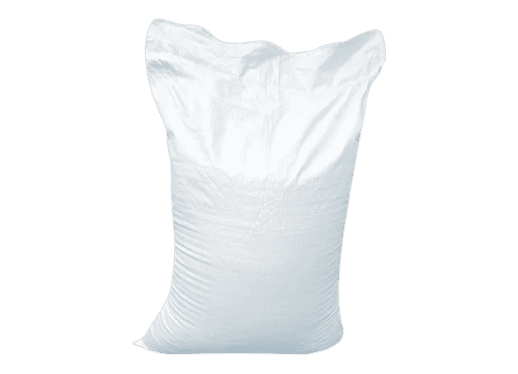PP Woven Bags vs. Non-Woven Bags: What’s the Difference?
In an era where sustainability and practicality drive consumer choices, understanding the differences between PP woven and non-woven bags is crucial. Both options have garnered attention in the eco-friendly market, but knowing which one suits your needs best requires a deeper dive into their characteristics, uses, and environmental impacts.
PP Woven Bags
PP woven bags are composed of polypropylene strips that are woven together, creating a robust and durable material. Here are some key features:
- Strength and Durability: The weaving of PP strips makes these bags incredibly strong, allowing them to carry heavy items without tearing. This makes them ideal for transporting bulk goods, such as grains, flour, sugar, and even construction materials.
- Reusability: These bags are designed for multiple uses, providing a sustainable alternative to single-use plastic bags. Their durability means they can withstand numerous trips and rough handling.
- Customizability: PP woven bags can be laminated with a BOPP layer, which allows for high-quality printing and customization. This feature makes them popular for branding, as companies can easily print logos and designs on the bags.
- Water Resistance: The addition of a lamination layer can provide water resistance, protecting the contents from moisture.
Non-Woven Bags
Non-woven bags, also made from polypropylene, are produced using a heating and bonding process rather than weaving. This results in a fabric-like texture. Key features include:
- Cost-Effectiveness: Generally, non-woven bags are cheaper to produce than woven bags, offering an affordable alternative for retailers and consumers.
- Lightweight: These bags are lighter than woven bags, making them easy to carry and ideal for shopping and promotional events.
- Breathability: The non-woven material is breathable, which can be advantageous for packaging products that require air circulation.
- Versatility in Shape and Design: Non-woven bags can be easily shaped and printed, allowing for a range of designs and uses, from simple tote bags to elaborate packaging solutions.
Environmental Impact
Both PP woven and non-woven bags are more eco-friendly than traditional plastic bags due to their reusability. However, the environmental impact also depends on their lifecycle management:
- Recyclability: Both types of bags are recyclable, but actual recycling depends on local facilities. Users should ensure proper disposal to maximize environmental benefits.
- Biodegradability: Neither material is naturally biodegradable. Therefore, repeated use and proper recycling are paramount in minimizing environmental harm.
Conclusion
Choosing between PP woven and non-woven bags depends on your specific needs. If strength and durability are your priorities, PP woven bags are the way to go. On the other hand, if you seek an economical solution with design versatility, non-woven bags might be your best option. Regardless of your choice, both offer sustainable alternatives to single-use plastics, helping reduce our ecological footprint.

 English
English Español
Español




